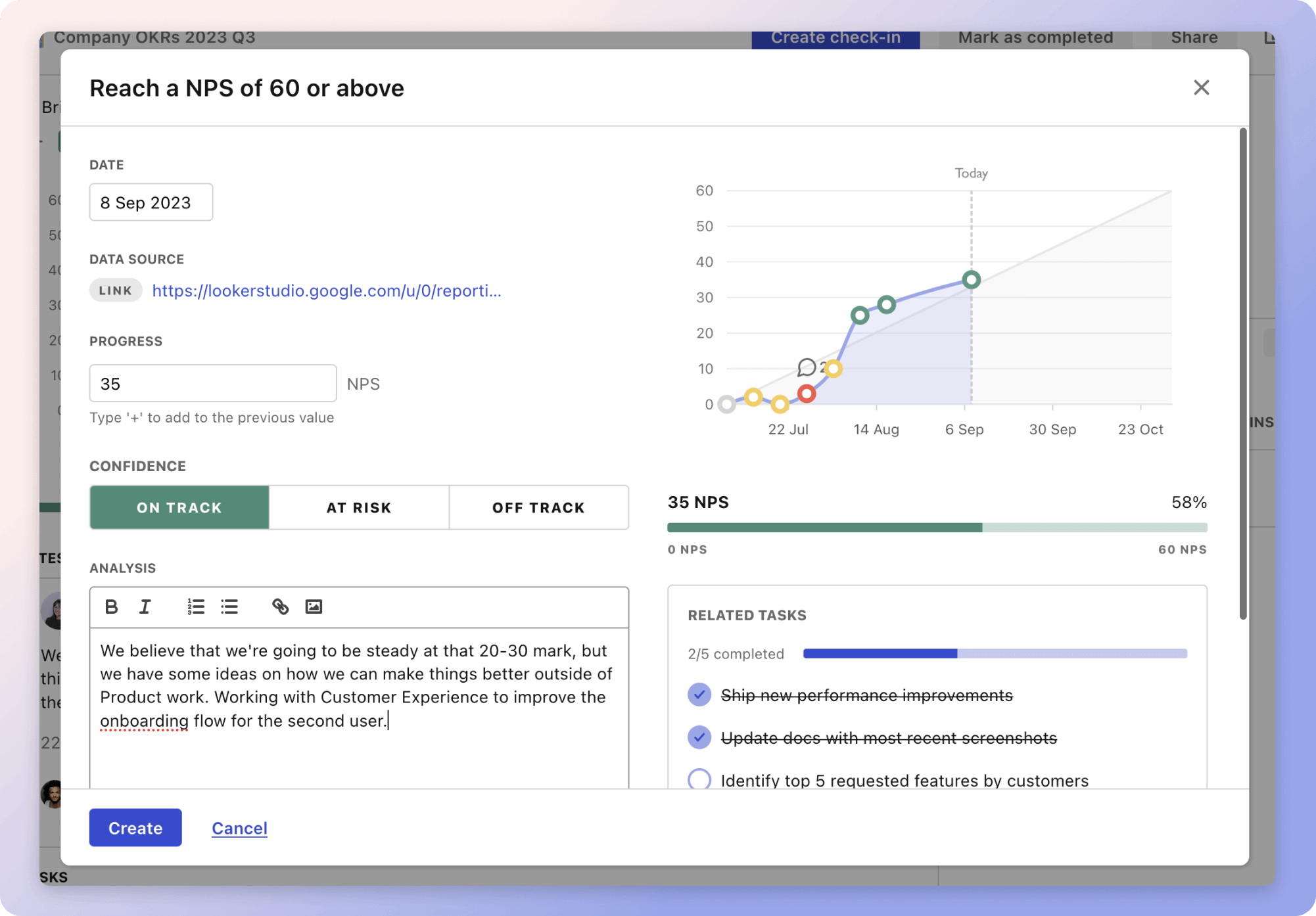The strategy focuses on building a language learning business centered around visual storytelling. By developing diverse product offerings like flip books, e-books, and flashcards with innovative features, the business aims to bridge gaps in current language learning products. For example, interactive flip books with engaging stories and audio-enhanced e-books can provide immersive learning experiences.
To promote B2B services, the strategy targets institutions for custom language programs. Hosting webinars and leveraging partnerships can boost credibility. For instance, collaborating with educational technology platforms can expand reach and optimise service offerings.
Moreover, expanding market reach involves strategic marketing. Creating social media content, collaborating with influencers, and holding workshops can attract target demographics. By investing in an engaging website and leveraging SEO techniques, the business can enhance its online presence.
The strategies
⛳️ Strategy 1: Develop diverse product offerings
- Research competitors and identify gaps in current language learning products
- Design interactive flip books with engaging stories and visual aids
- Develop e-books with audio components for enhanced learning experiences
- Create a series of vocabulary guide flashcards for various difficulty levels
- Design digital flashcards with spaced repetition technology
- Develop online quizzes and games to complement learning materials
- Offer a subscription model for access to exclusive content
- Incorporate augmented reality experiences in learning products
- Continuously update content to include trending topics and relevant vocabulary
- Seek feedback from users to improve and expand product offerings
⛳️ Strategy 2: Promote B2B services
- Identify potential business clients, such as schools and language training institutions
- Develop a consulting service line focused on customised language programs
- Host webinars to showcase expertise and solution-based learning systems
- Design a structured curriculum that B2B clients can adapt for their needs
- Offer strategic partnerships with educational technology platforms
- Attend industry conferences and networking events to build connections
- Create case studies demonstrating the effectiveness of your products
- Utilise a CRM system to manage interactions with business clients
- Provide exceptional customer service to maintain and grow client relationships
- Develop a referral program to encourage satisfied clients to recommend services
⛳️ Strategy 3: Expand market reach through marketing and partnerships
- Create engaging content on social media platforms to reach target demographics
- Collaborate with influencers in the education and language sectors
- Utilise SEO strategies to increase visibility of the business website
- Run targeted online advertising campaigns on relevant platforms
- Develop partnerships with language schools and institutions for referrals
- Host events or workshops to engage potential customers directly
- Invest in a visually compelling and user-friendly website
- Offer free trials or samples to attract and engage new users
- Create video testimonials to highlight success stories with your products
- Regularly analyse market trends and adjust marketing strategies accordingly
Bringing accountability to your strategy
It's one thing to have a plan, it's another to stick to it. We hope that the examples above will help you get started with your own strategy, but we also know that it's easy to get lost in the day-to-day effort.
That's why we built Tability: to help you track your progress, keep your team aligned, and make sure you're always moving in the right direction.

Give it a try and see how it can help you bring accountability to your strategy.
